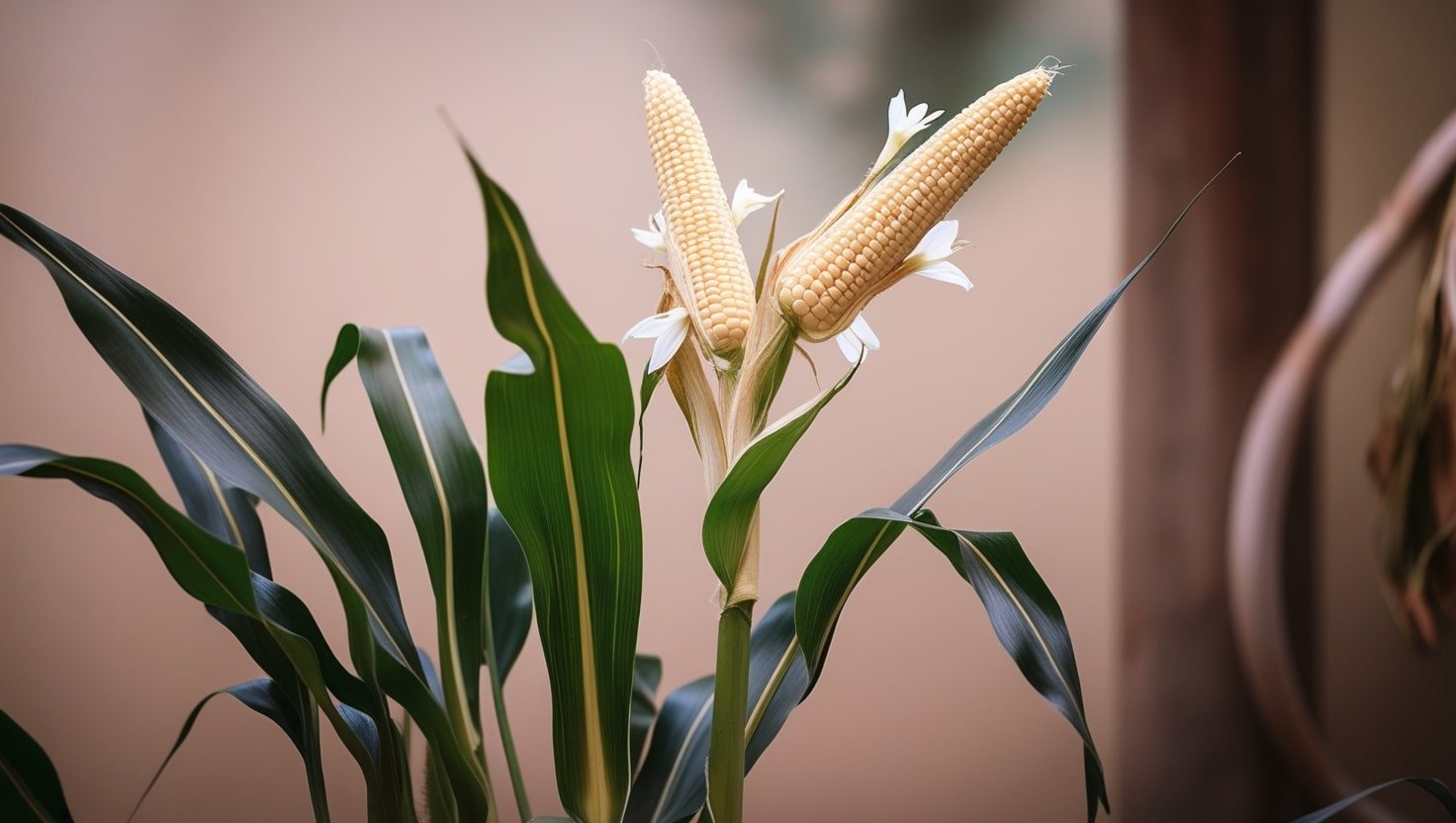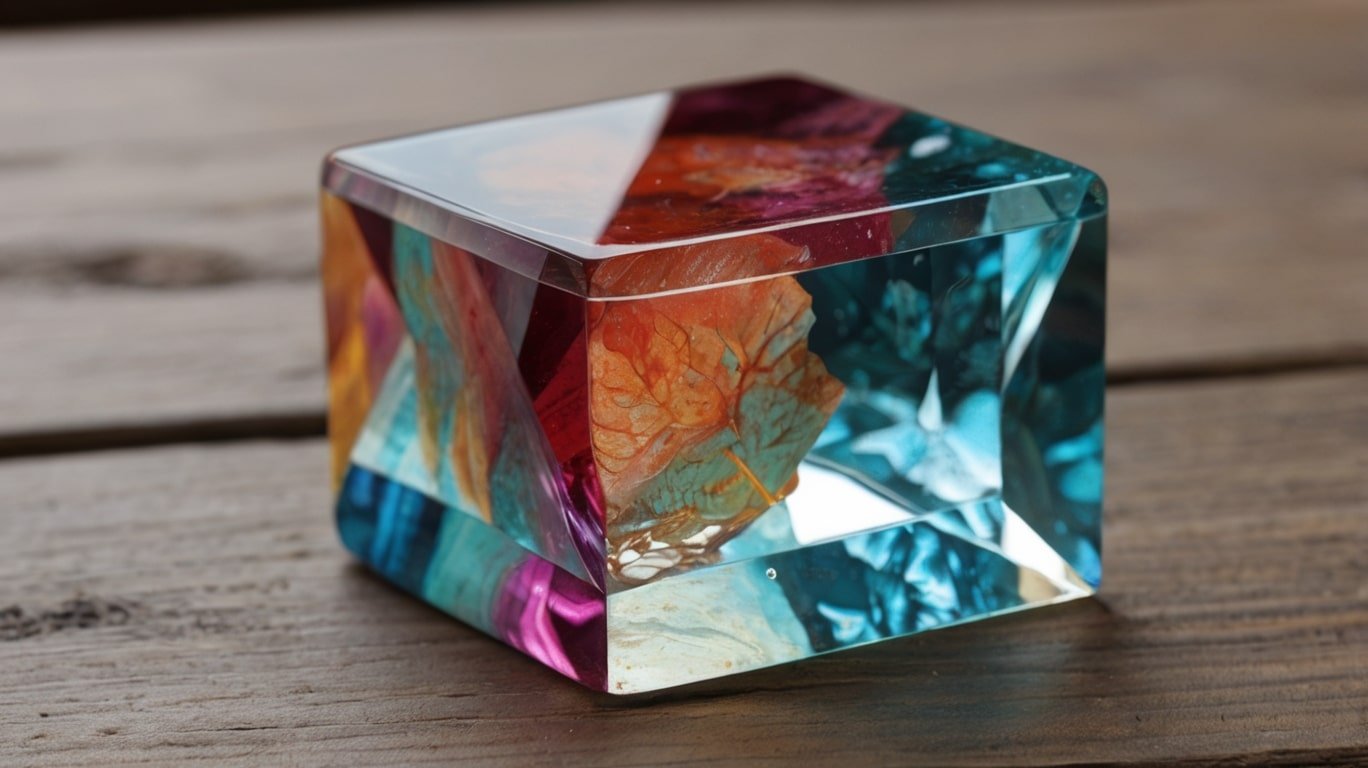When it comes to plant classification, understanding whether a particular plant is a monocot or a dicot can be quite perplexing. One such plant that often leaves people wondering is the corn plant dracaena. In this article, we will thoroughly explore whether a corn plant dracaena Is A Corn Plant Dracaena A Monocot Or Dicot, discussing various aspects that help clarify its classification.
What is a Corn Plant Dracaena?
The corn plant dracaena (Dracaena fragrans) is a popular ornamental houseplant known for its striking green leaves and tree-like appearance. It is native to tropical Africa and is commonly grown indoors in many homes around the world. Though its name includes “corn plant,” it’s not related to actual corn (Zea mays). This botanical curiosity is often the source of confusion for many, as people often mistakenly associate it with actual corn plants.
Before delving into whether it Is A Corn Plant Dracaena A Monocot Or Dicot, it’s essential to understand the fundamental characteristics of the corn plant dracaena. The plant is typically grown for its aesthetic appeal and can grow quite tall, with its long, slender, glossy leaves emerging from the base in a rosette-like formation.
The Importance of Understanding Whether a Plant Is A Corn Plant Dracaena A Monocot Or Dicot
Knowing whether a plant Is A Corn Plant Dracaena A Monocot Or Dicot can be very useful, especially in gardening, plant care, and botanical studies. For instance, monocots typically have different growth patterns, care needs, and responses to pruning compared to dicots. Understanding the classification of plants like the corn plant dracaena can help you care for them better, ensuring that they thrive in your home or garden.
Additionally, this knowledge can help horticulturists and plant scientists in studying plant evolution, genetic traits, and other important areas of plant biology. Therefore, even though the corn plant dracaena is often grown for decorative purposes, its classification as a monocot still holds significant value in the broader context of plant science.
Common Confusion About the Corn Plant Dracaena
The name “corn plant” often leads to confusion because people mistakenly believe it belongs to the same family as actual corn, which is a corn plant dracaena a monocot or dicot However, the corn plant dracaena does not belong to the grass family and is not related to the actual corn plant in any meaningful way. The confusion arises because of the corn-like appearance of its long, narrow leaves, which resemble those of corn.
It’s important to clarify that even though the corn plant dracaena has a similar name and appearance to corn, it is a completely different species altogether. Despite this, its classification as a monocot remains accurate based on its seed structure, leaf venation, and other monocot characteristics.l.
Further Exploration of the Corn Plant Dracaena’s Monocot Features
The classification of the corn plant dracaena as a monocot is based on observable traits, but there’s even more to explore when it comes to understanding why this plant fits the monocot category so well.is a corn plant dracaena a monocot or dicot to enhance your understanding, we’ll dive deeper into some more intricate monocot-specific features that the corn plant dracaena displays. These aspects further emphasize how the plant aligns with the broader group of monocots in the plant kingdom.
Vascular Bundle Arrangement
A key feature of monocots, including the corn plant dracaena, is how the vascular bundles are arranged within the stem. In monocots, the vascular bundles—structures that carry water, nutrients, and sugars throughout the plant—are scattered throughout the stem in a more random pattern. This contrasts with dicots, where vascular bundles are usually organized in a ring formation.
If you were to carefully examine the cross-section of the corn plant dracaena’s stem, you’d see that its vascular bundles are dispersed throughout the tissue, rather than forming a circle around the stem. This internal structure is another clear indicator of the plant’s monocot nature is a corn plant dracaena a monocot or dicot
Leaf Structure and Growth
Monocots, including the corn plant dracaena, typically show a distinct pattern of leaf growth. One noticeable feature is that the leaves tend to have parallel venation, meaning the veins run parallel to one another, rather than branching out in a net-like or reticulate fashion as seen is a corn plant dracaena a monocot or dicot
The corn plant dracaena’s long, narrow leaves are a prime example of this. While dicots often have broad leaves with complex venation patterns, the leaves of monocots like the corn plant dracaena follow a more simple and uniform structure with parallel veins running along the length of the leaf.
In addition to parallel veins, the growth of monocot leaves is usually more limited in their secondary growth compared to dicots. The corn plant dracaena does not exhibit much increase in stem thickness through secondary growth, as it lacks the capability for forming woody tissues. This is another factor that ties it to the monocot category, as dicots generally display more secondary growth leading to a thicker, more woody stem.
Root System Growth and Structure
One of the key distinguishing features of monocots is their fibrous root system. Corn plant dracaena, like other monocots, has a root system made up of many thin roots that emerge from the base of the stem. These roots are generally of the same size, and they branch out widely, creating a dense network that helps the plant absorb water and nutrients efficiently.
In contrast, dicots tend to develop a taproot system, where a single, dominant root grows deeper into the soil, and secondary roots branch off from it is a corn plant dracaena a monocot or dicot The fibrous root system of monocots like the corn plant dracaena allows for more horizontal growth, providing a strong anchorage system for the plant, especially in conditions where it is growing in pots or other confined spaces.
The Evolutionary Perspective: Why Does It Matter?
Understanding whether a corn plant dracaena Is A Corn Plant Dracaena A Monocot Or Dicot also opens up doors to a deeper understanding of plant evolution. Plants evolved into two major groups—monocots and dicots—based on key differences in their structural features, which are often tied to their reproductive strategies and how they adapt to their environments.
The monocot lineage, which includes a wide range of plants like grasses, lilies, and orchids, tends to be more specialized in certain environments. These plants often thrive in habitats that require them to grow quickly, spread rapidly, and adapt to varying conditions. Monocots like the corn plant dracaena, with their simple leaf structures and fibrous root systems, have evolved to maximize their efficiency in absorbing resources in tropical environments where light is plentiful but competition for nutrients may be intense.
For the corn plant dracaena, understanding its monocot nature helps us appreciate the evolutionary strategies that have made it such a resilient and adaptable plant. Though it is a houseplant in most parts of the world, its ancestors likely evolved in tropical regions where the conditions favored plants with the monocot traits of efficient growth and spread.
Debunking Myths: Corn Plant Dracaena and Its Relation to Actual Corn
Despite the fact that both the corn plant dracaena and actual corn (Zea mays) share similar names, they are not closely related genetically.is a corn plant dracaena a monocot or dicot actual corn belongs to the family Poaceae (grass family), while the corn plant dracaena belongs to the family Asparagaceae. These two plants might have similar leaf shapes, but they belong to entirely different plant families and genera.
It’s easy to see why people confuse the two plants, as both share long, narrow leaves that resemble the foliage of maize. However, while actual corn is indeed a monocot, the corn plant dracaena’s unique characteristics—its ornamental value, its origin in tropical Africa, and its distinct growth habits—clearly differentiate it from true corn. Understanding this distinction can help you take better care of your plant and avoid confusion about its needs and growth habits.
Practical Applications of Monocot Classification in Gardening
For gardeners and plant enthusiasts, knowing whether a plant like the corn plant dracaena Is A Corn Plant Dracaena A Monocot Or Dicot is more than just a piece of trivia. It has practical implications for how the plant is cared for and nurtured.
Since monocots like the corn plant dracaena do not undergo secondary growth (which is a hallmark of many dicots), it’s important to remember that they don’t get thicker stems over time. This means that if you want your corn plant dracaena to grow taller or fuller, you’ll need to ensure it receives the right balance of nutrients and light, but you shouldn’t expect it to develop thicker stems like a tree would.
Additionally, monocots tend to be more resistant to pests and diseases, particularly those that affect dicots, due to their simpler vascular systems. This makes monocots generally easier to manage in the garden, as they are less susceptible to certain pathogens. The corn plant dracaena’s monocot traits make it a relatively low-maintenance plant, which is one reason why it is favored by indoor gardeners.
Conclusion:
After examining the various characteristics of the corn plant dracaena, it is clear that the answer to the question “Is A Corn Plant Dracaena A Monocot Or Dicot?” is that it is a monocot. From its parallel-veined leaves to its seed structure and fibrous root system, the corn plant dracaena exhibits the key traits of a monocot plant.
By understanding that the corn plant dracaena is a monocot, you can better appreciate its unique features and provide it with the care it needs to thrive. Whether you’re a plant enthusiast or just starting your gardening journey, knowing whether a plant Is A Corn Plant Dracaena A Monocot Or Dicot helps you understand its growth patterns and care requirements. So, next time someone asks, “Is A Corn Plant Dracaena A Monocot Or Dicot?” you can confidently say, “It’s a monocot!”



